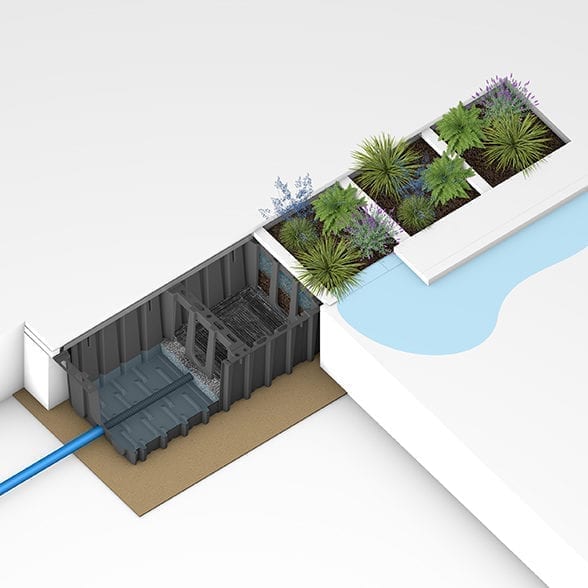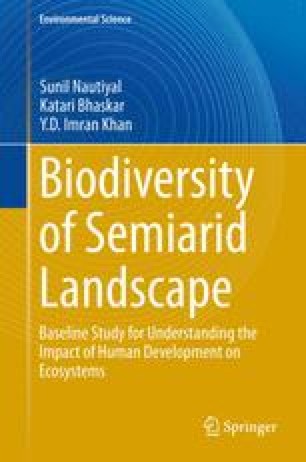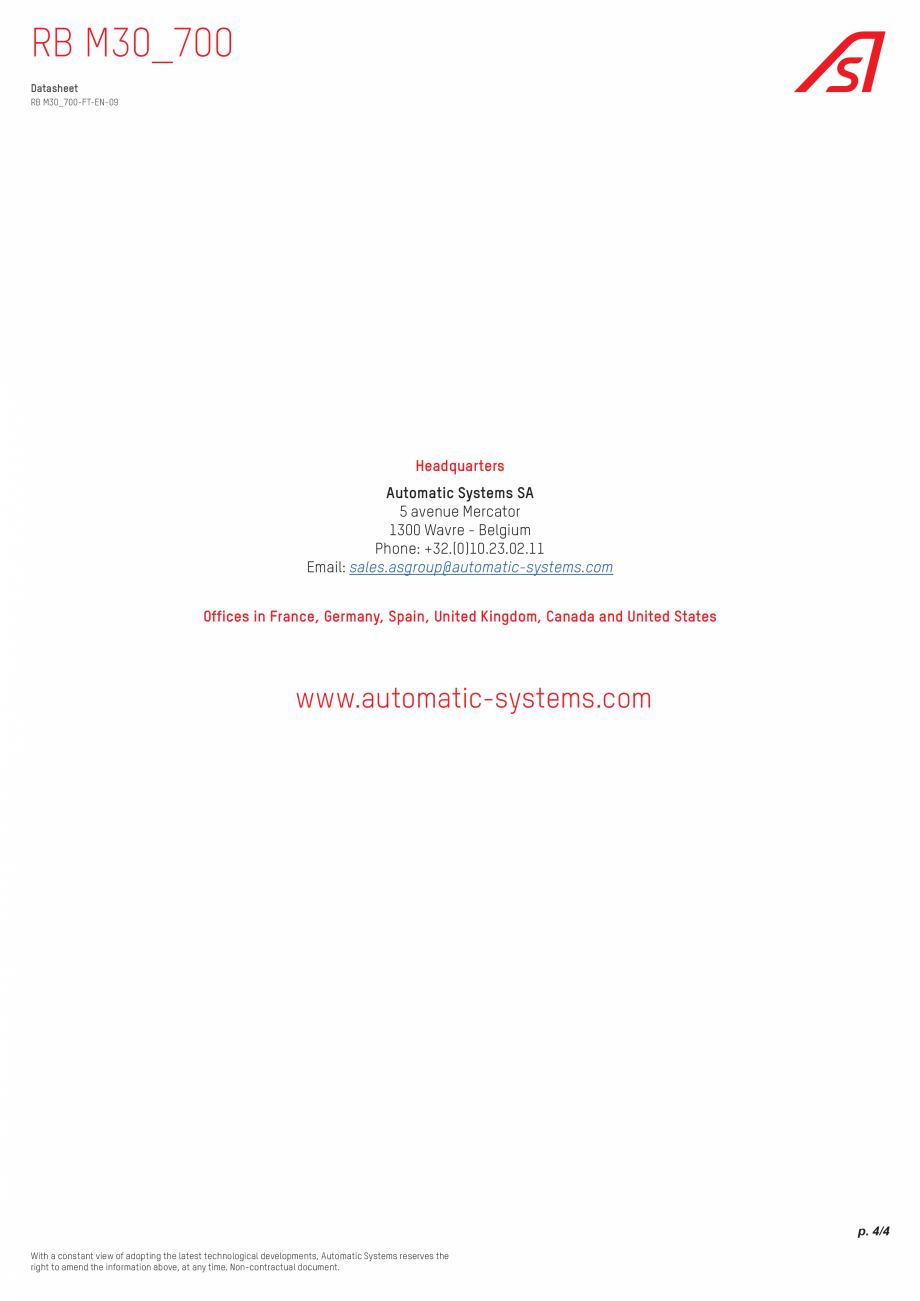
These insects may also be quite small and easy to damage with a sweep net sample. It is very often that the search and collection of insects is for use in identifying pest or beneficial insects in crop systems, in which case methods that damage the vegetation in any way may not be the ideal method for sampling. This “kick-sample” can be timed to regulate sample efforts in several sites to compare results.įigure 1-4: Leaf searching with forceps or an aspiration is ideal when observing and sampling delicate species on leafs. Once all larger stones are scrubbed and moved out of the way, the collector can use the toe of a boot to agitate the smaller gravel or sediment substrate to dislodge the invertebrates preferring this type of habitat. Immediately in front of the net, large stones can be lifted (still in front of the net) and scrubbed by hand to dislodge any invertebrates into the current, carrying them into the bell of the net. It is best if the sample location has sufficient flow to hold the bell of the net open with the current the current must be sufficiently strong that it can flow through the net without creating backflow, as this will rinse captured invertebrates out of the net as the sample is collected. The net is placed flush against the substrate with the mouth of the net facing upstream.


The sample site is approached from downstream, so as not to disrupt the sample site before the sample can be taken. Kick nets work most easily in flowing water.

Kick nets are used for aquatic sampling: the net is shaped like a “D”, or often triangular, so that there is one flat side of the net that can be placed flush against the substrate at the bottom of a river or lake (figure 1-2). Once the sample is complete, the bell of the net can be flipped over the mouth, or rim, preventing escape of collected insects until the net can be emptied.įigure 1-2: Kick nets can sample from aquatic environments. When sweeping, it is important to strike the vegetation with enough force that insects will be dislodged, but no so hard that the vegetation is destroyed. Often, the collector will alternate different vertical strata of the vegetation as well to collect insects that prefer the leaves as well as those that may gather on flowers or seed heads – as the net moves left to right, the collector will change the angle of the net to sweep the upper and lower parts of the vegetation evenly. In general, sweep netting is most effective when the collector uses a slightly slower-than-normal pace, moving forward continuously while sweeping the net from left to right in front of them, making sure to rotate the open mouth to strike the vegetation both ways with the bell extending behind. When used to sample vegetation, a collector can gain information on plant pest densities, diversity of insects using the vegetation as a host, and presence or absence of certain parasitoids of plant pests. A sweep net can be used to sample ground vegetation or to selectively target aerial insects, like wasps and butterflies (figure 1-1). Sweep netting is one of the easiest ways to survey the insects and arthropods in a particular area while also enabling the collector to focus on a particular habitat type. Introduction to Collection and Curationįigure 1-1: Sweep nets can sample from ground vegetation and aerial insects.


 0 kommentar(er)
0 kommentar(er)
